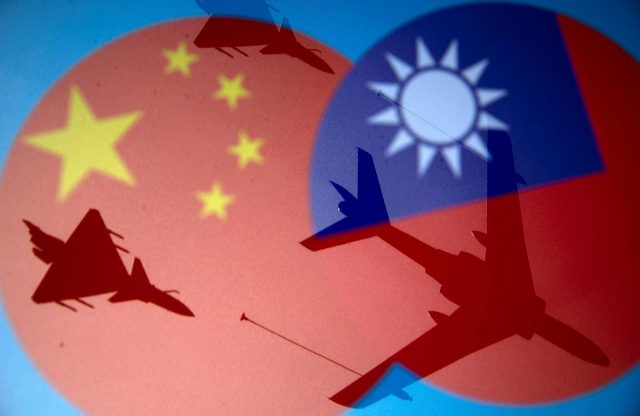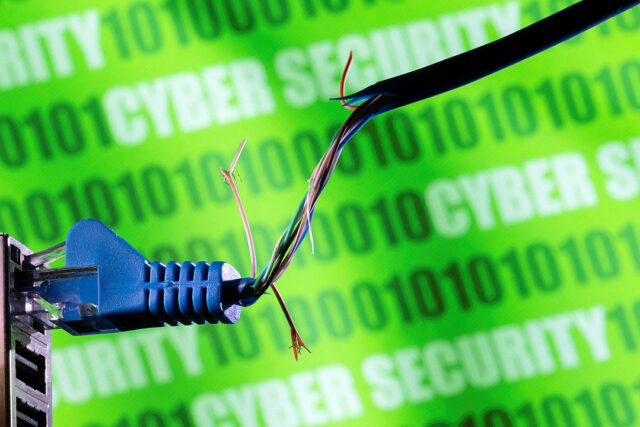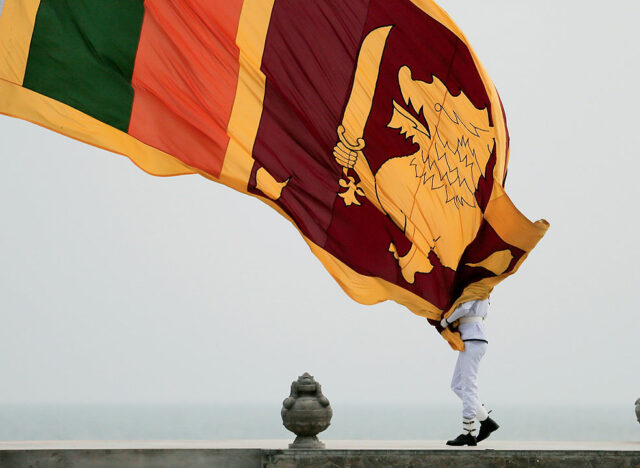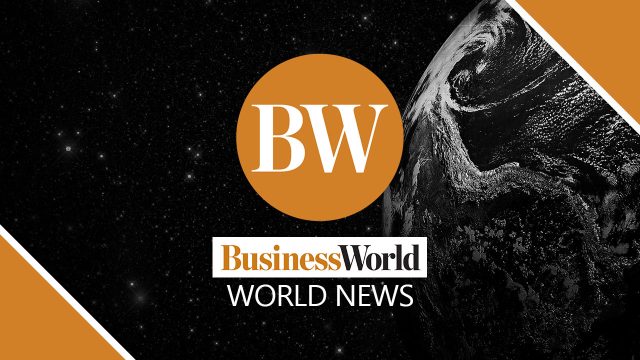The day after they cast their ballots on May 9, the bulk of the more than 600 athletes, coaches, and officials comprising the Philippine team to the 31st Hanoi Southeast Asian Games (SEAG) flew to Hanoi, Vietnam. The delegation left on board a chartered Philippine Air Lines flight to compete in the biennial Olympic-style multi-event championship. This main group was preceded by a smaller batch of athletes whose competitions started even before the opening ceremonies on May 12.
Several cities hosted the 30th SEAG in the Philippines in late 2019. The main center of competitions was, however, New Clark City in Capas, Tarlac, where swimming and athletics, the two mandatory Olympic sports, were held. The Philippines spent unprecedented amounts on operating and capital expenses to host the 30th SEAG and if one is to believe the grapevine, these expenses will merit closer scrutiny shortly by the powers-that-be. But if one were to be merely after one metric, the number of gold medals produced in any competition by athletes, as some sports leaders in the executive and legislative branches would want, the Philippine delegation in 2019 was a resounding success. It’s the medals that matter, they would say.
Packed with non-Olympic, indigenous sports and sports that still have to reach some acceptable level of maturity and popularity even within the country, these sports were included anyway in the 30th SEAG calendar in accordance with SEAG political dynamics and horse-trading. The Philippines then proceeded to dominate the unofficial overall championship with 148 gold, 111 silver, and 121 bronze medals or a whopping total of 380 medals, with outstanding performance in athletics, boxing, gymnastics, arnis, and weightlifting among others. Vietnam came in second with 98 gold, 85 silver, and 105 bronze medals for a total of 288. In terms of total medals won, the Philippines outperformed Vietnam by almost 100 medals.
Third overall was Thailand which displayed its latent strength and consistency of its elite sports program by winning more medals overall and silver and bronze medals compared to Vietnam. The Thais won 92 gold medals, six short of Vietnam, but captured 103 silver and 123 bronze medals compared to Vietnam’s 85 and 105 silver and bronze medals, respectively.
Vietnam deserves special mention. The Vietnamese joined the SEAG for the first time in 1989 in Kuala Lumpur, 13 years after a series of protracted wars — with the French from 1946 to 1954 and the Americans from 1960 to 1975 — resulted in the loss of thousands of lives, damage to infrastructure, and untold suffering. Certainly, Vietnam suffered a tremendous loss of personnel for all forms of development activities including sports but rebounded in about a decade.
The then North Vietnam fought the American-backed South Vietnamese regimes of Ngo Dinh Diem (who was assassinated in 1965) and Air Force officer Nguyen Cao Ky, in a war of unification. Saigon, the South Vietnamese capital, had fallen to communist forces in April 1975 and what followed was an arduous period of recovery and reconstruction.
Barely had the Vietnamese recovered from the ravages of the Vietnam war when the Vietnamese joined the SEAG for the first time in 1989 in Kuala Lumpur. The Vietnamese joined the SEAG again in 1991 when the Philippines was host. The participation of Vietnam in the Manila SEAG was considered a significant gesture from Manila that wiped out any fallout from the support the Philippines had given to the US war effort in Vietnam.
The Philippine 2019 SEAG victory was a “feel good” moment and we thanked our athletes, coaches, and the National Sports Associations (NSAs) which are the real and not the “optical” frontliners, and the Philippine Sports Commission which funded the participation of the Philippines, the private and government corporate sponsors, the other branches of government and Philippine Olympic Committee which represents the owner of the SEAG, the SEAG Federation.
Everybody got credit for the victory in 2019. Many more tried to get more credit than was actually due to them. Truly, victory has many fathers while defeat is an orphan.
In stark contrast, very few people of consequence have commented positively on our overall performance at the 31st SEAG in Hanoi a few weeks ago. Fewer still have claimed responsibility for an obvious dip in the country’s performance despite the blatant and unabashed posturing, the many shameful attempts at credit grabbing for the victories, and image management in Hanoi. Clearly, however, four NSAs — Gymnastics, Athletics, Dancesport, and Billiards — bore the brunt of the medal-winning effort despite all the difficulties these NSAs faced. These nonprofit volunteer groups accounted for 21 of the 52 gold medals won by the country. Each NSA has a story to tell on how they overcame the obstacles they confronted on their way to success.
There are of course reasons, and valid ones at that, for the dip: the pandemic, associated travel restrictions, and stringent and constantly training and competition protocols, sudden cancellation of competitions, budget issues as a result of lower government resources for sports, especially elite sports, etc. We can cite all these reasons — but so can the other countries, namely Vietnam, Thailand, and Indonesia which finished ahead of us in the overall medal standings in Hanoi a few weeks ago.
Malaysia and Singapore (and other countries) which ate into our gold medal output can say the same thing. Singapore won only one gold medal in athletics, courtesy of the Olympic veteran Shanti Pereira who prevailed in the 200 meters in the absence of the injured Kristina Knott. Shanti failed to defend her gold medal in the 100 meters she won in 2019 against Kayla Richardson in Hanoi.
The overall medal standings had Vietnam way ahead as expected. The battle-scarred and perpetually occupied country had indeed gone a long way on all fronts — the economy, agriculture, industry, and sports.
In the 1991 Manila SEAG, Vietnam sent a relatively compact delegation but left Manila with a total of 29 medals, seven of which were gold, 12 silver, and 10 bronze medals. The country placed 7th in a field of nine, behind Indonesia (92 gold), the Philippines (91), Thailand (72), Malaysia (36), Singapore (18), Burma (12), and ahead of Brunei and Laos.
What happened at the 2021 Hanoi SEAG after the wildly successful stints by weightlifter Hidilyn Diaz who won the country’s first Olympic gold medal, boxers Petecio, Paalam, and Marcial, and the near success of gymnast Carlos Yulo in Tokyo? Why the free fall from No. 1 in 2019 to No. 4 in 2022? In fairness, what occurred in Hanoi is worse than our drop from first in 2005 to fifth in 2007, Again, to be fair, the Philippine delegation suffered from an internal struggle between the POC and the Cycling NSA. There were also issues with respect to the non-participation of the Bodybuilding group after millions of pesos were incurred to bring the group to Hanoi.
To be sure, internal difficulties and politics is one of the causes of the instability in Philippine elite sports and its “feast and famine” performance cycle. The interesting thing however, is that the framework for sports and physical education development is in place. The 1987 Constitution calls for the promotion of sports and physical education. The Philippine Sports Commission (PSC) has been mandated to be the lead agency in sports development. The PSC however has to engage the Local Government Units and the Department of the Interior and Local Government, the Department of Education, and the Commission on Higher Education to coordinate the development of school sports which is part of the mass-based sports program. The Armed Forces of the Philippines and the Philippine National Police also play key roles in a well-coordinated sports development program.
As one can see, sports and physical education development is a multi-function/agency/discipline endeavor in the same way that food production and distribution, for example, is the responsibility of the Department of Agriculture which needs to work in close harmony with the Department of Agrarian Reform, Department of Public Works and Highways, and the Department of Transportation.
It is obvious that there are hundreds of moving parts in sports and physical education development. Elite sports development is dependent on grassroots sports and is best served by minimal government interference and meddling. Strong national leadership should be brought to bear on sports and physical education development so that petty tyrants and dysfunctional elements within what is basically a sound sports and physical education development framework can be permanently relieved of their duties.
Philip Ella Juico’s areas of interest include the protection and promotion of democracy, free markets, sustainable development, social responsibility and sports as a tool for social development. He obtained his doctorate in business at De La Salle University. Dr. Juico served as secretary of Agrarian Reform during the Corazon C. Aquino administration.












